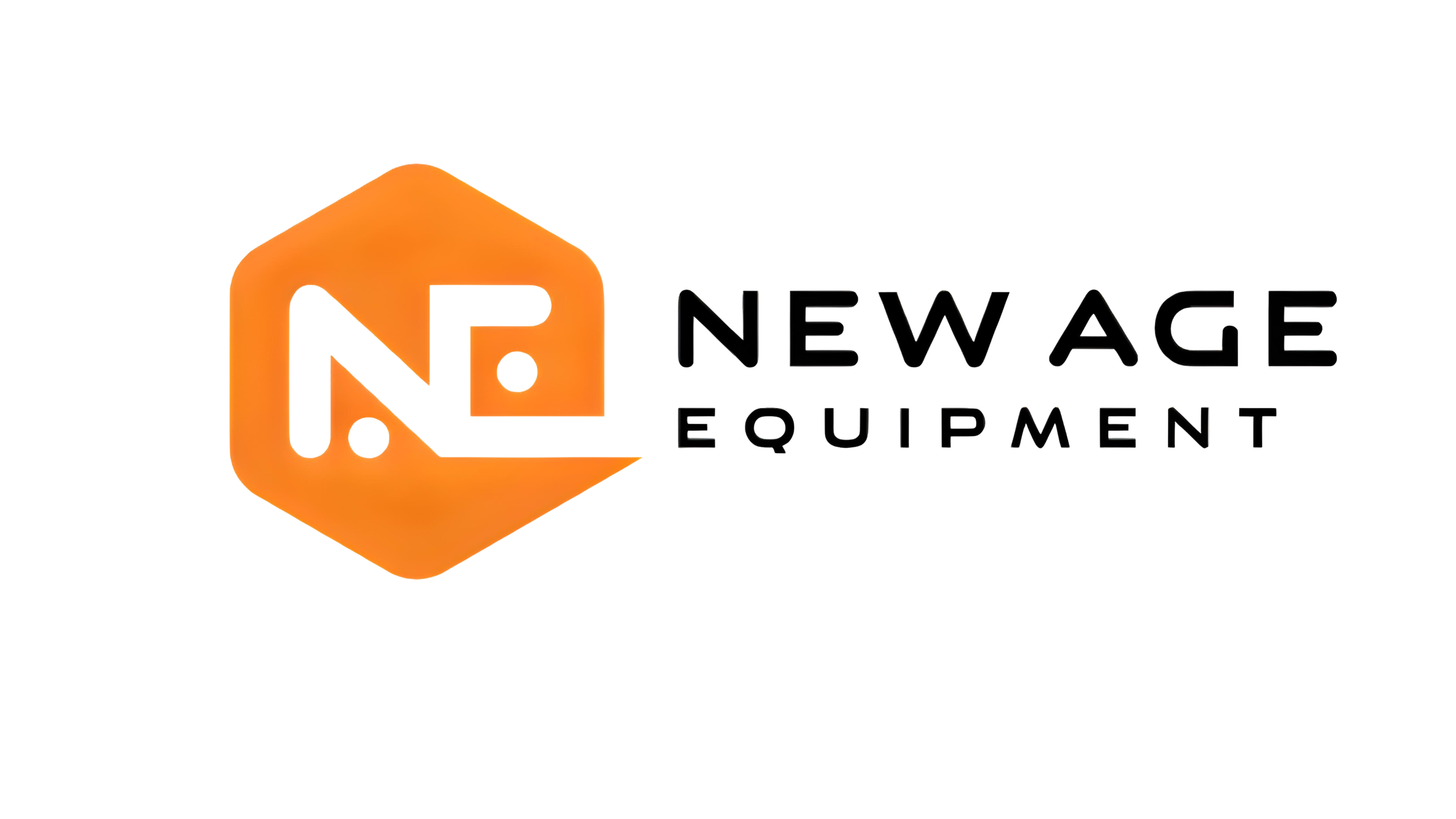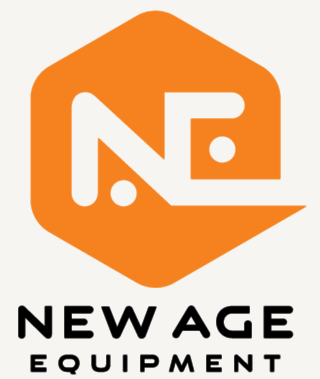Make These 2019 Tax Moves Now - Before It's Too Late

Although it has been two (2) years now since the sweeping tax law changes of 2017, many taxpayers are still missing out on many of the new available tax planning opportunities. Eleven (11) such tax savings strategies follow as outlined in the following article by Laura Saunders in the WSJ weekend edition of November 2-3, 2019. I will put my own “spin” on some of the bigger opportunities that many business owners are either unaware of or not optimizing.
(1) Some of the higher deduction retirement plans MUST be set up by year end (December 31, 2019). Too often, I will meet with a taxpayer dropping off their tax detail who mentions their desire of contributing to a Solo 401(k) plan or a profit-sharing plan, etc. Sure, that is fine ONLY IF the plan was established prior to year-end even though the plan contributions are made the following year.
(2) We see many retired taxpayers who may have low or negative taxable income after their standard or itemized deductions BUT have mega bucks in retirement accounts. In these situations, a retirement plan distribution could have been taken federally tax free up to the amount of negative taxable income (provided they are over 59 ½). We meet with many retirees to make this calculation near the end of each year.
(3) Too many taxpayers make conventional charitable contributions ignoring the better options of using IRAs or appreciated stock. These options create an opportunity of potentially “doubling” the tax value of this conventional tax deduction by deducting the full market value without the appreciation ever being taxed. This is truly the best of both worlds which is rare indeed in the tax world.
(4) Maximizing the 199A pass-through deduction aka the 20% business income deduction or QBID. Many of the factors in this calculation may be optimized to maximize this deduction e.g. salaries and guaranteed payments.
The article by Ms. Saunders follows.
– Mark Bradstreet
It’s Year Two following the massive tax overhaul of 2017. For Americans who are still getting used to the new rules, it’s important to sort things out before the year ends.
“People are confused about their withholding and refunds, and whether they need to save receipts to prove itemized deductions—plus other things,” says Terry Durkin, an enrolled agent in Burlington, Mass., who prepares over 300 tax returns a year.
Most filers must pay 90% of their income and self-employment taxes by year-end or soon after, or else face penalties. The IRS forgave these penalties for many people for 2018, but it won’t for 2019.
There are few ways to cut a 2019 tax bill after Dec. 31, so now is the time to make moves that will lower your tax bill in April.
> Check your withholding. At the top of Ms. Durkin’s, and many tax advisers’, to-do list for clients: Check your withholding or estimated taxes. The overhaul, followed by automatic changes to paycheck withholding in 2018, brought bad refund surprises to many filers last spring.
As it turned out, overall refunds changed little. For both 2017 and 2018, about three-quarters of filers received refunds, which averaged $2,800. But these results conceal wide variations. For 13 million filers earning between $100,000 and $250,000, average 2018 refunds dropped 11% compared with 2017, according to mid-July data from the Internal Revenue Service.
This shift got the attention of the IRS, which has since improved its withholding calculator. Employees and retirees can use it to find out what they owe under Uncle Sam’s pay-as-you-earn system and then fine-tune their refunds. Taxpayers who aren’t employees need to use complex worksheets in IRS Publication 505 or talk to a tax preparer.
But the law contains a boon for many employees. Usually they won’t owe penalties if they increase their withholding late in the year—even if it’s for a spouse’s self-employment income, according to an IRS spokesman.
> Make your payments. Those with income not covered by employer-paycheck withholding must usually make quarterly payments based on earnings for each period to avoid penalties. Are you behind on payments? The sooner a mistake is corrected, the less damage it does.
> Assess itemized deductions. As a result of the 2017 overhaul, more than 25 million taxpayers have switched to claiming the standard deduction rather than itemizing write-offs on Schedule A. The share of returns with Schedule A has dropped to about 10% from about 30%.
For 2019, the standard deduction is $12,200 for single filers and $24,400 for married couples filing jointly.
The most common itemized deductions are for state and local taxes (SALT), charitable donations and mortgage interest. Now that Congress has limited the SALT deduction to $10,000 per return both for single and married joint filers, it’s often easier for singles than couples to benefit from itemizing.
For example, a married couple who deducts the limit of $10,000 of SALT needs more than $14,400 of other deductions to benefit from itemizing for 2019, because their standard deduction is $24,400. But a single filer who deducts $10,000 of SALT only needs other write-offs totaling more than $2,200, because his standard deduction is $12,200.
Filers taking the standard deduction don’t need to save receipts to prove their write-offs.
> Check deadlines for retirement-savings contributions. There are significant differences.
Savers eligible for traditional IRAs and Roth IRAs for 2019 can open and fund them up to April 15, 2020.
SEP IRAs, for taxpayers with self-employment income, often have higher contribution limits and longer deadlines. Many taxpayers can set up and fund SEP IRAs until Oct. 15, 2020, if they extend the due date of their 2019 return.
Solo 401(k) plans are also for self-employment earnings and have contribution limits higher than those for traditional or Roth IRAs. For 2019, taxpayers can fund a solo 401(k) until Oct. 15, 2020, if they extend their due date. But the plans must usually be set up by Dec. 31, 2019, even if contributions come later.
> Take required payouts from retirement plans. Savers must often begin taking annual payouts from tax-sheltered retirement plans when they turn 70½. Congress is considering raising the beginning date to age 72, but it hasn’t yet.
The payout deadline is Dec. 31, 2019, for most people, and the withdrawal is based on the account value as of the last day of 2018. However, savers taking their first required payout this year have until April 1, 2020. Think twice before doing this, because it means taking two withdrawals in one year and perhaps moving to a higher tax bracket.
Currently no annual payouts are required from Roth IRAs, except for heirs who aren’t spouses.
Required payouts from 401(k) plans are somewhat different, although the deadline for beginning withdrawals is often age 70½. But many still-working employees who are 70½ and older needn’t take required withdrawals from their firm’s 401(k) if the plan allows that.
Also remember that 401(k) payouts can’t be aggregated as IRA payouts can. For example, a saver with four traditional IRAs can take the total required withdrawal from just one IRA. But if required payouts are due from two 401(k)s, the saver must take the required amount from each one.
> Strategize charitable giving, including from IRAs. The higher standard deduction poses a hurdle for donors who want a tax break. One way around it is to bunch charitable gifts by combining several years’ donations into one larger amount every few years that—together with other write-offs on Schedule A—is larger than the standard-deduction amount.
Such givers should also consider donor-advised funds. These popular accounts enable charitably minded taxpayers to make one or more gifts and take a deduction. The donor can then designate charitable recipients later, and meanwhile the assets can be invested and grow tax-free.
Do think twice before writing a check to a charity. A better move is often to give appreciated investments held in taxable accounts, such as stock shares. The donor gets an immediate deduction for the full market value, within certain limits, while not owing capital-gains tax on the growth.
Donors with traditional IRAs who are 70½ or older have another good option: They can donate up to $100,000 of IRA assets directly to one or more charities and have the gifts count toward their required payouts. This move can help lower Medicare premiums.
> Evaluate capital gains and losses. Check up on your positions in taxable accounts.
Investors can use realized capital losses to offset realized capital gains plus $3,000 of ordinary income such as wages, every year. Unused losses can carry forward for future use.
Sometimes it makes sense to sell an underwater investment at a loss before the end of the year, or to take gains if you have realized losses.
Also beware of increases in investment income that could trigger a 3.8% surtax. This levy takes effect at $250,000 of adjusted gross income for most married couples filing jointly and at $200,000 for most single filers.
> Take care with cryptocurrency. The IRS is cracking down on cryptocurrency tax compliance, and tax preparers will follow suit on 2019 returns. Now is the time to get ready by taking gains to use up losses and losses to offset gains. This may mean getting records in order, but crypto investors only have until Dec. 31 to make moves for 2019.
> Make 529 college-savings contributions. There’s no federal deduction for contributions to 529 college-savings plans, although some states allow a deduction on their returns. Contributions to these accounts can grow tax-free, and withdrawals used to pay eligible college expenses are also tax-free. Contributions for 2019 must be often made by Dec. 31, although a few states allow them by the following April 15, according to Mark Kantrowitz, publisher of Savingforcollege.com.
> Review eligibility for the 199A pass-through deduction. The tax overhaul added a 20% deduction for the net income of many businesses that pass through profits and losses to their owners’ tax returns, including rental real estate. This benefit is often curtailed for owners whose incomes exceed certain limits.
In 2019, the limits are taxable income of $160,725 for single filers and $321,400 for married couples filing jointly.
Business owners whose incomes will exceed these limits can sometimes get below the threshold by making tax-deductible donations to charity or contributing more to tax-deductible retirement plans.
> Be aware of the so-called Kiddie Tax. It’s a levy on the “unearned” income of young people as old as 23, above an annual exemption currently set at $2,200.
The 2017 overhaul changed the Kiddie Tax rates and brackets so that children of lower- and middle-income families often owe more now than under the prior law, so plan accordingly.
Grandparents, for example, might want to give stock shares that will help pay college tuition to the parents of a grandchild, not to the grandchild.
> Remember extenders. Congress hasn’t extended dozens of provisions that expired in 2017, 2018 and 2019 but it may. Among them are breaks for tuition, medical expenses, taxes on mortgage-debt forgiveness, and energy efficiency investments.
Stay tuned for coverage if Congress manages to move forward on these provisions.
Credit Given to: Laura Saunders. You can write to Laura Saunders at This email address is being protected from spambots. You need JavaScript enabled to view it..
Corrections & Amplifications
Contributions for 2019 to 529 college-savings plans must often be made by Dec. 31, although a few states allow them as late as the following April 15. An earlier version of this article incorrectly stated the deadline was Dec. 31 for all states. (Nov. 1, 2019)
Thank you for all of your questions, comments and suggestions for future topics. As always, they are much appreciated. We also welcome and appreciate anyone who wishes to write a Tax Tip of the Week for our consideration. We may be reached in our Dayton office at 937-436-3133 or in our Xenia office at 937-372-3504. Or, visit our website.













